-
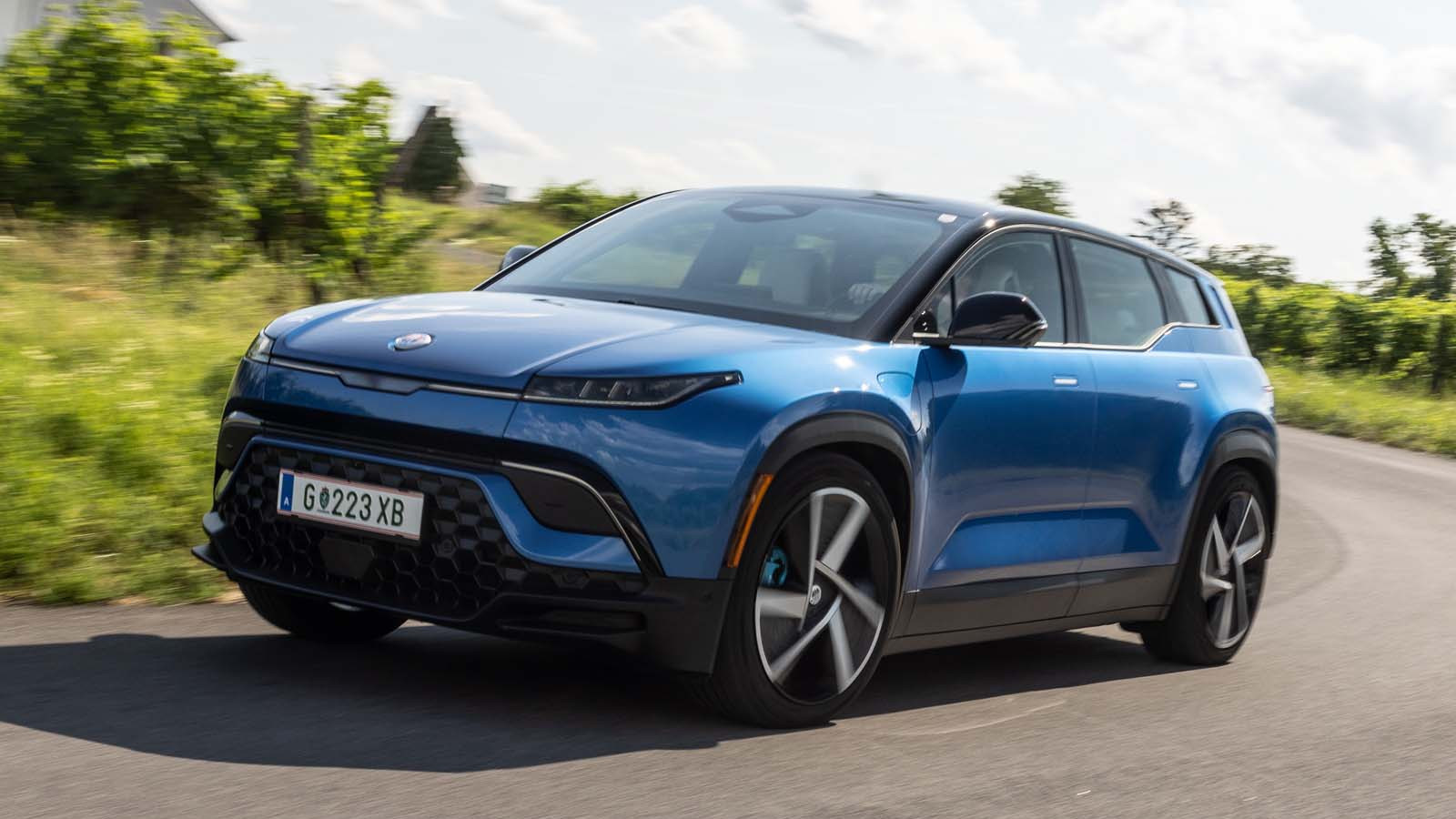 © Fisker
© Fisker -
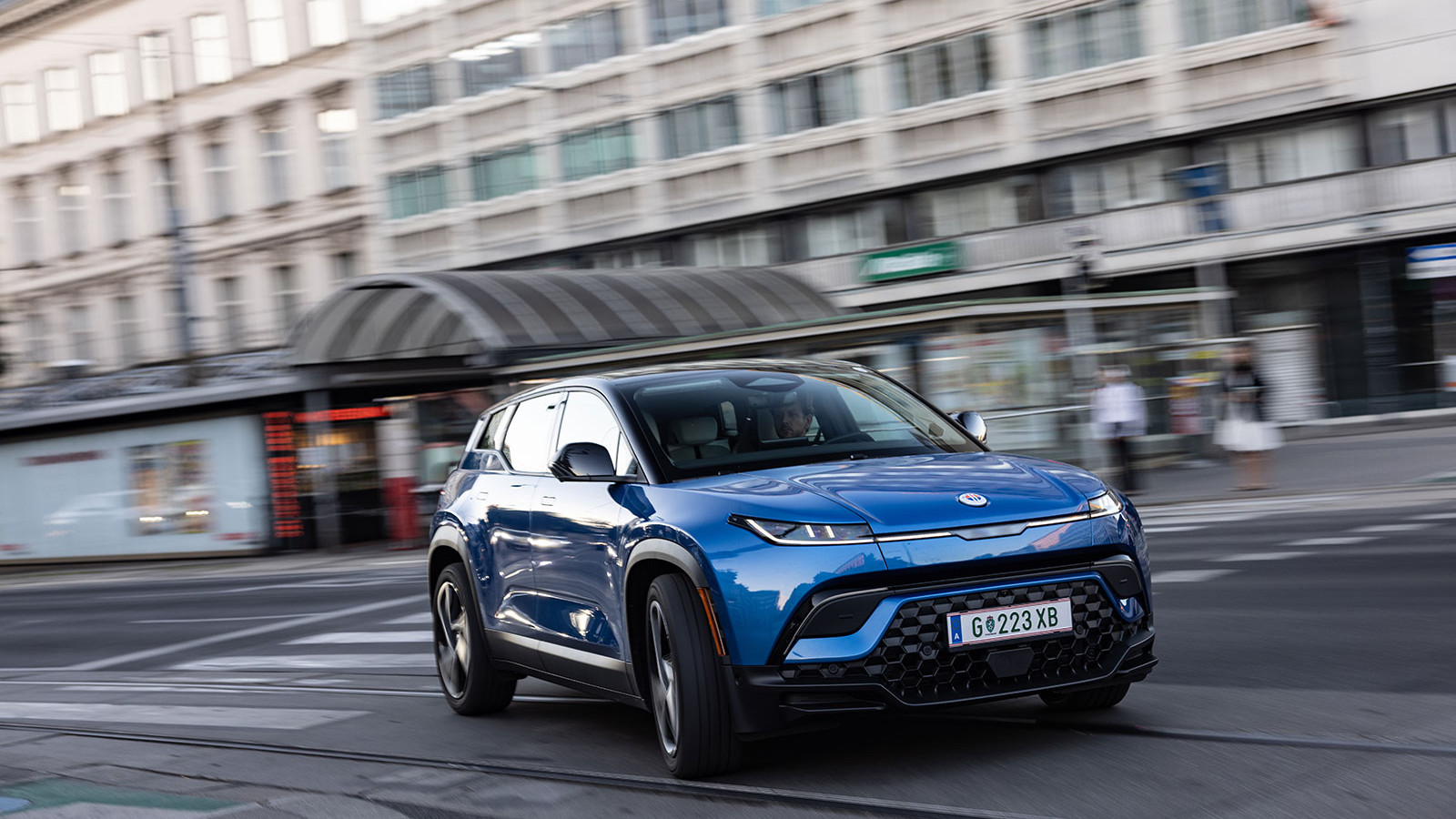 © Fisker
© Fisker -
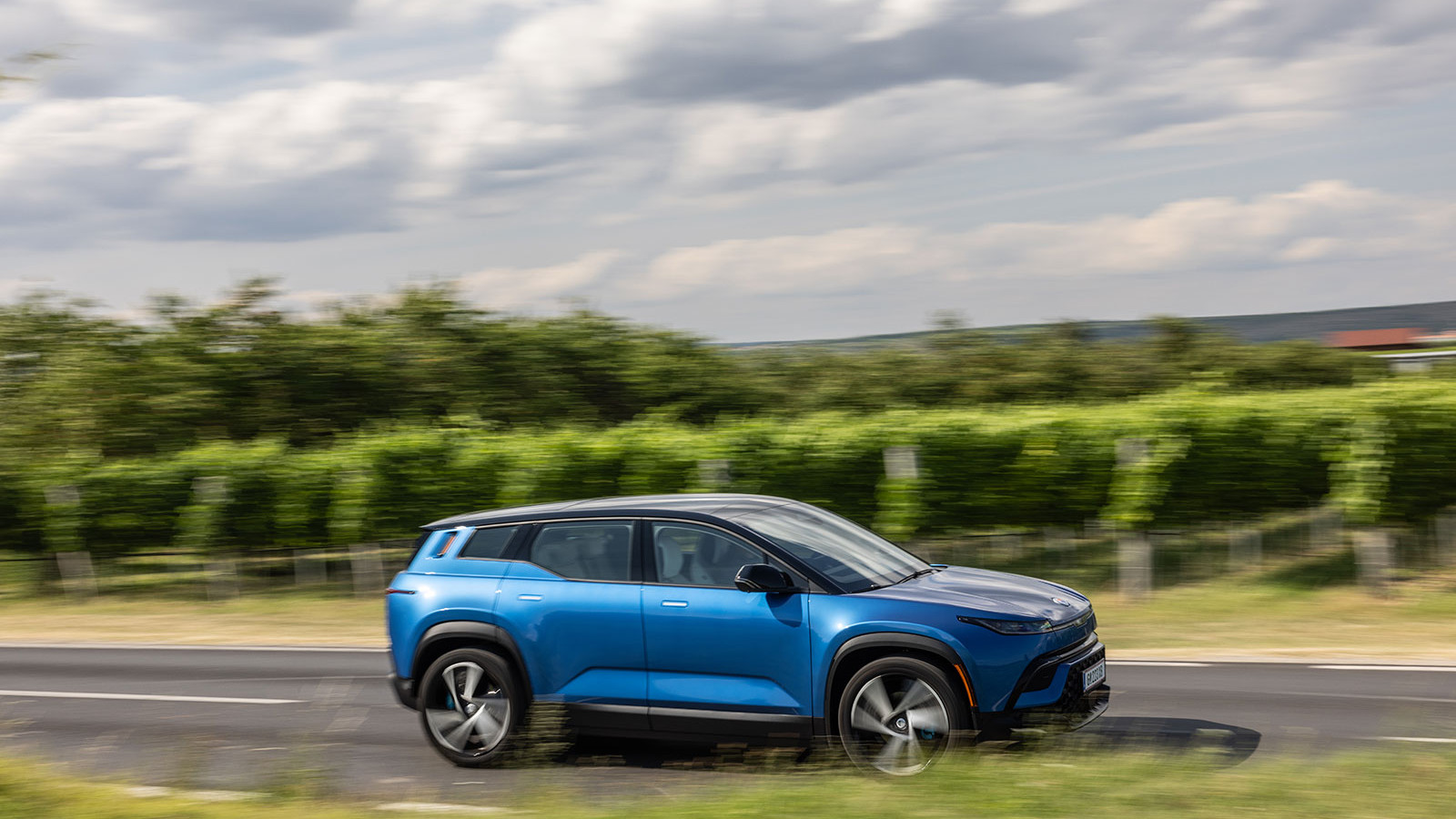 © fisker
© fisker -
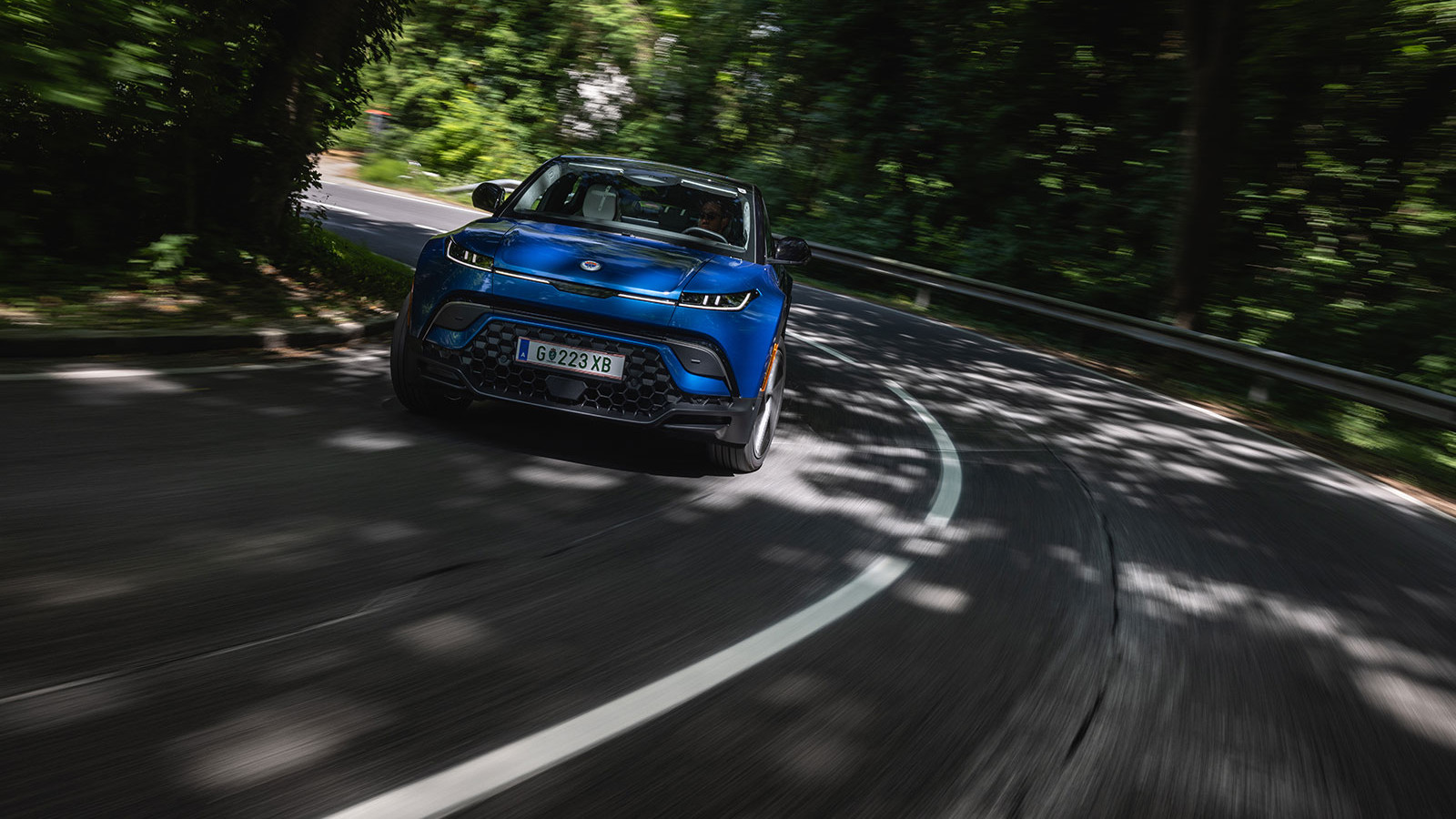 © Fisker
© Fisker -
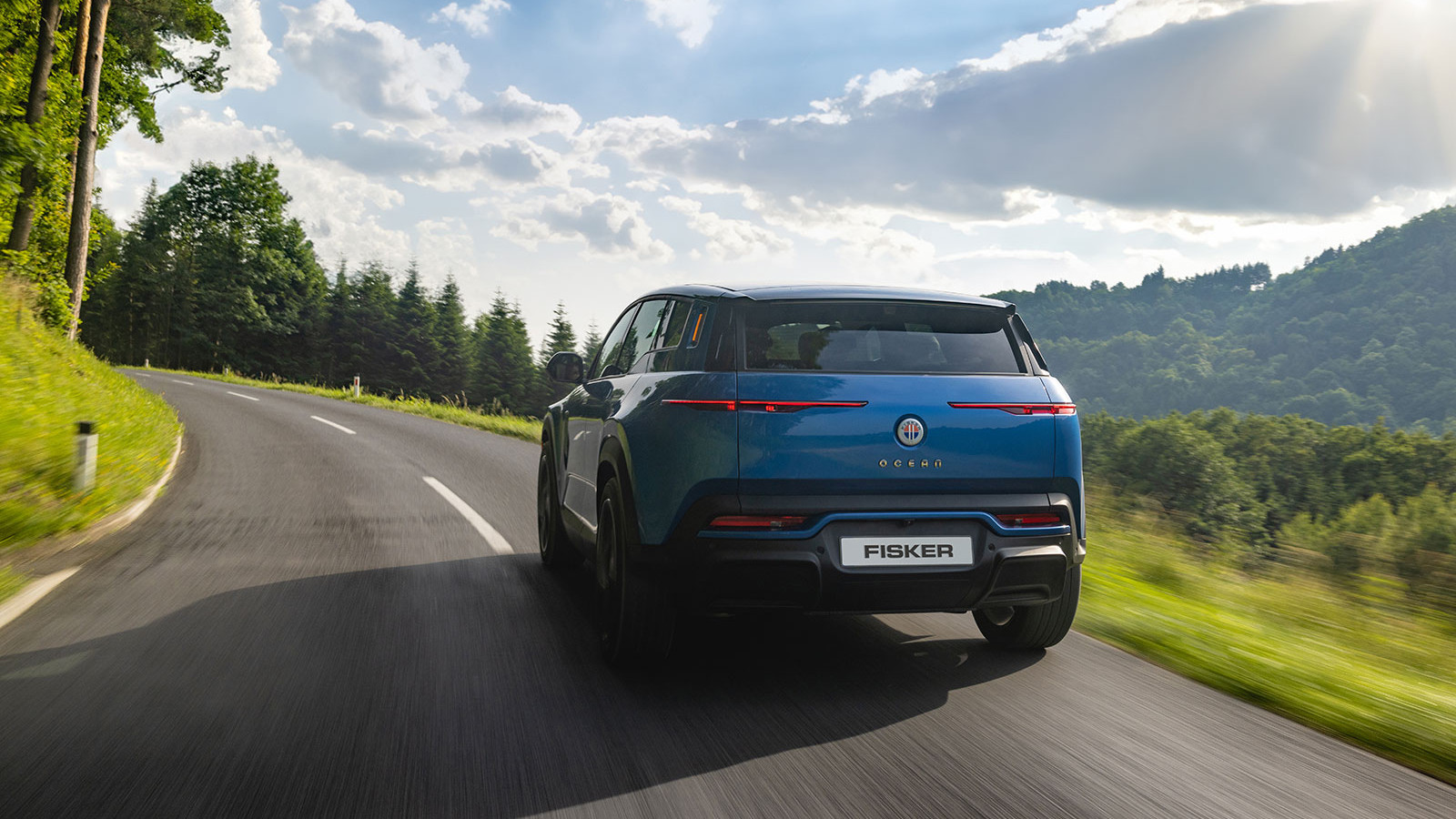 © Fisker
© Fisker -
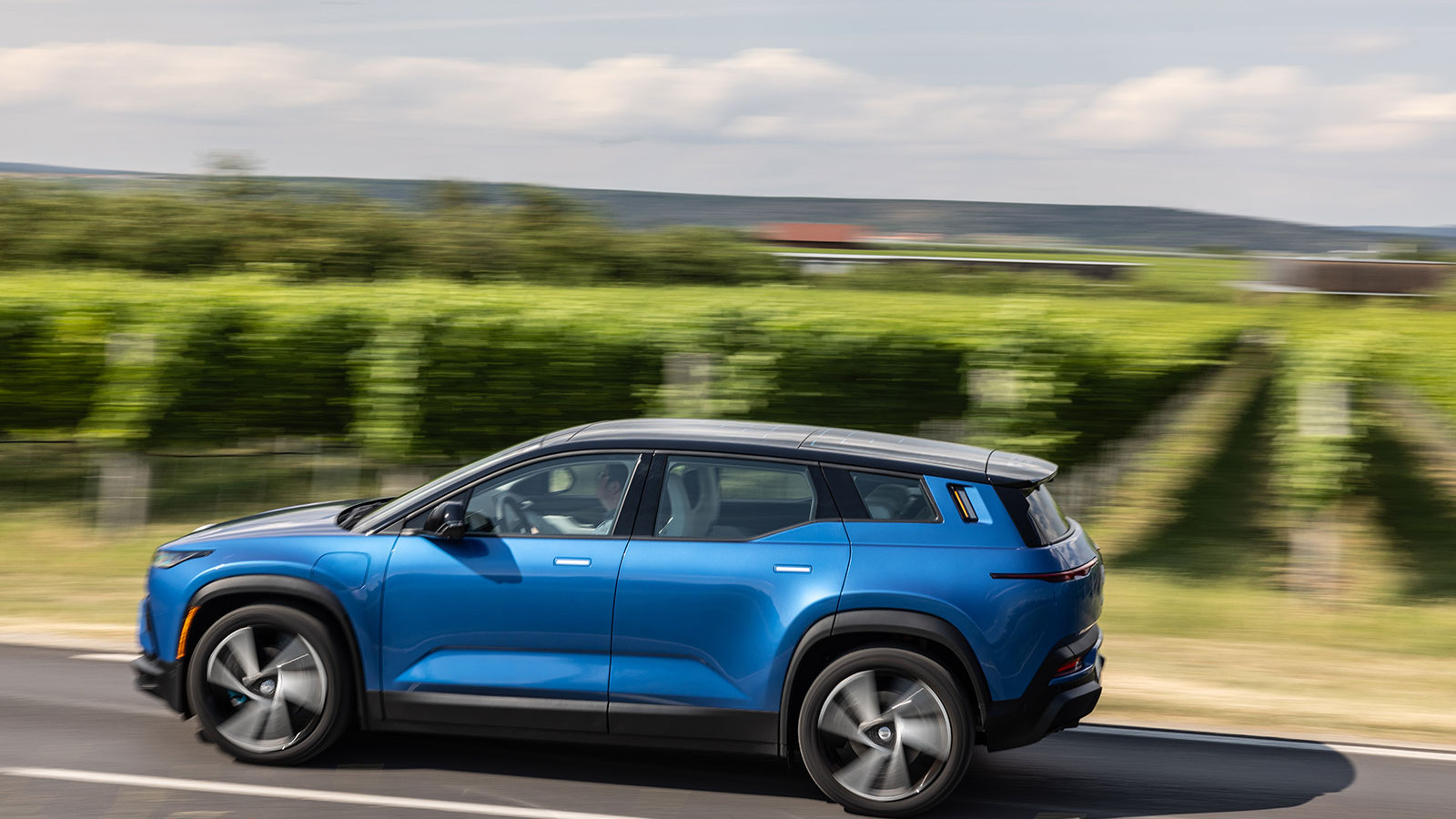 © Fisker
© Fisker -
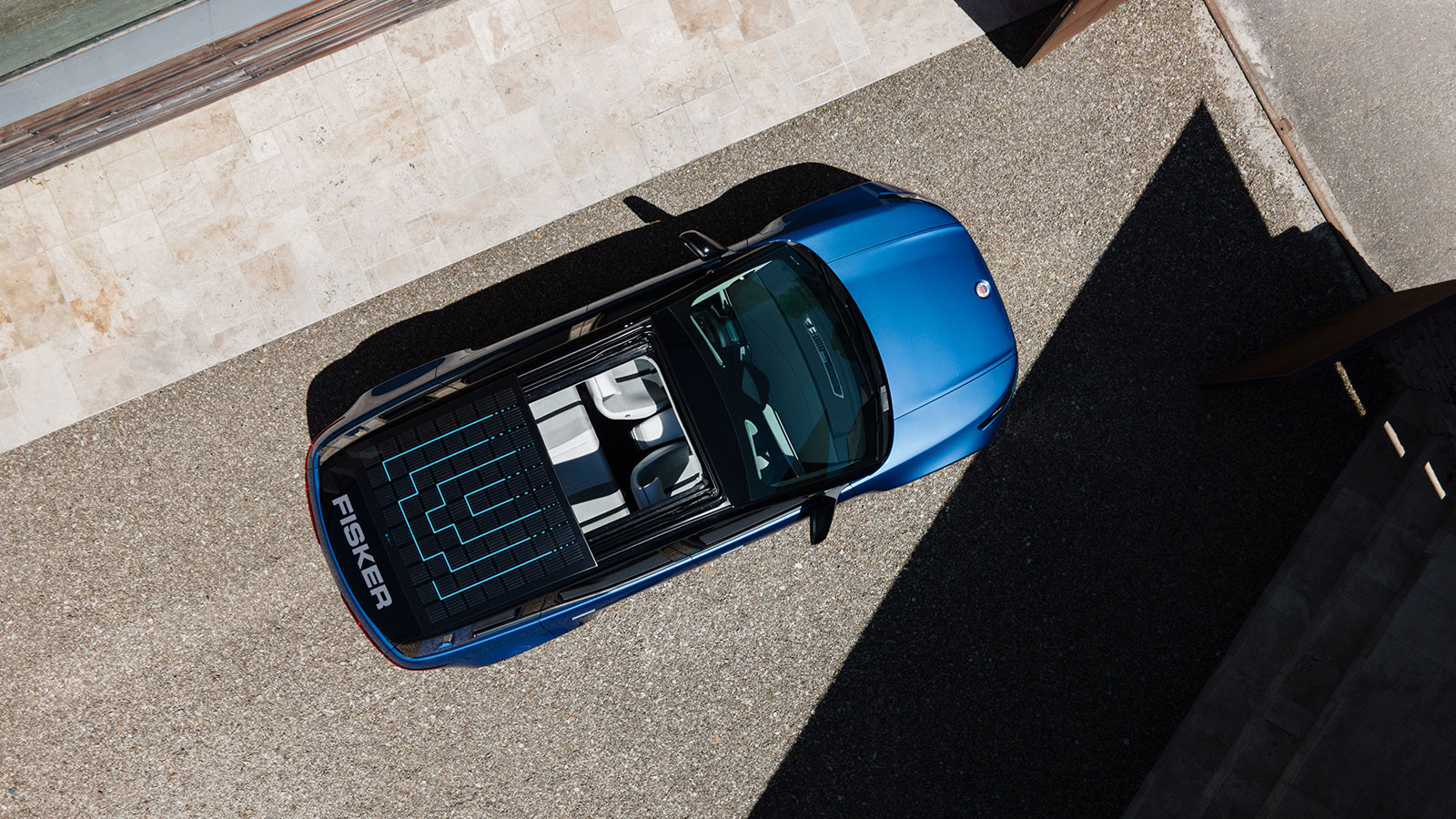 © Fisker
© Fisker -
 © Fisker
© Fisker -
 © Fisker
© Fisker -
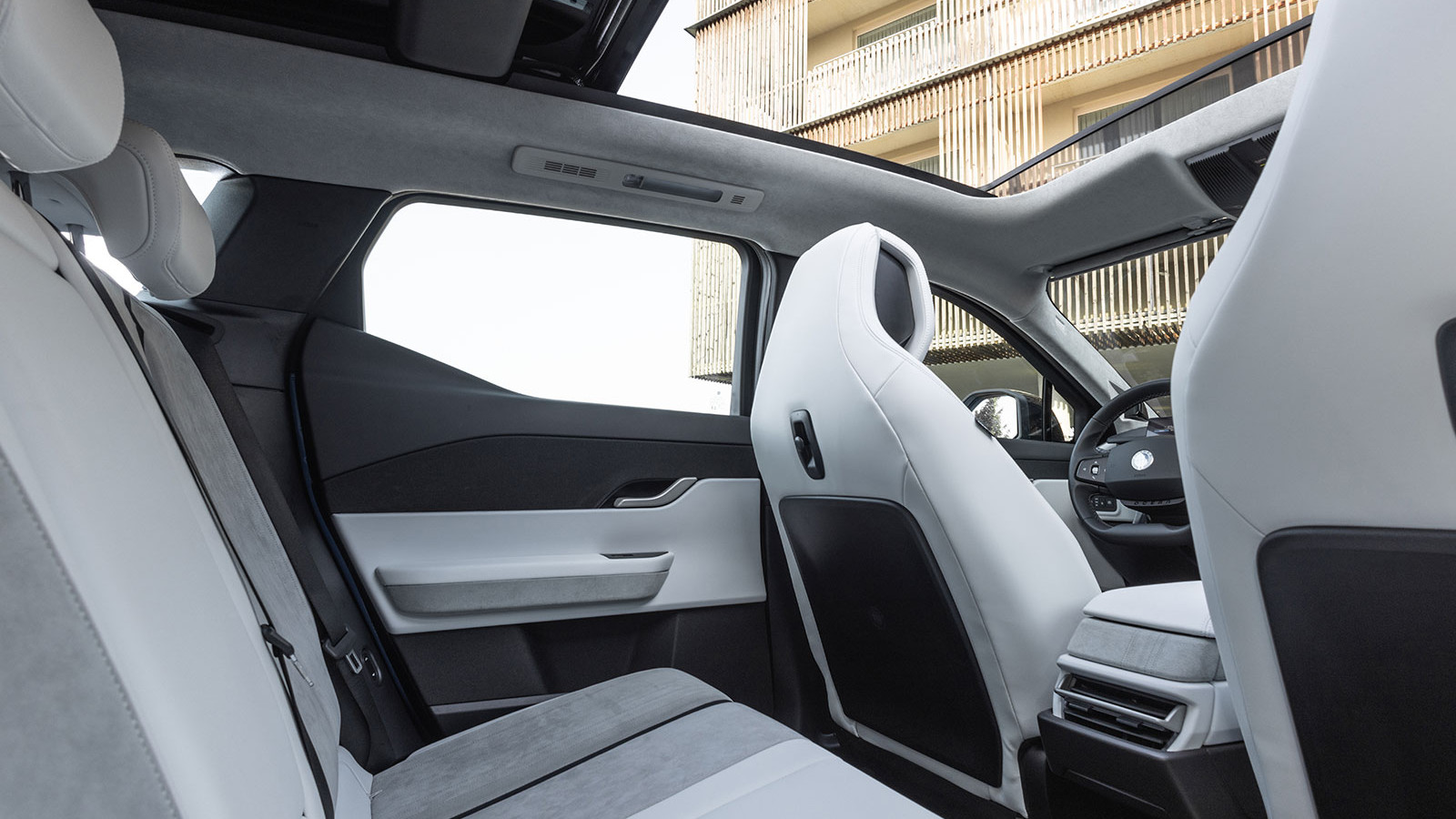 © Fisker
© Fisker -
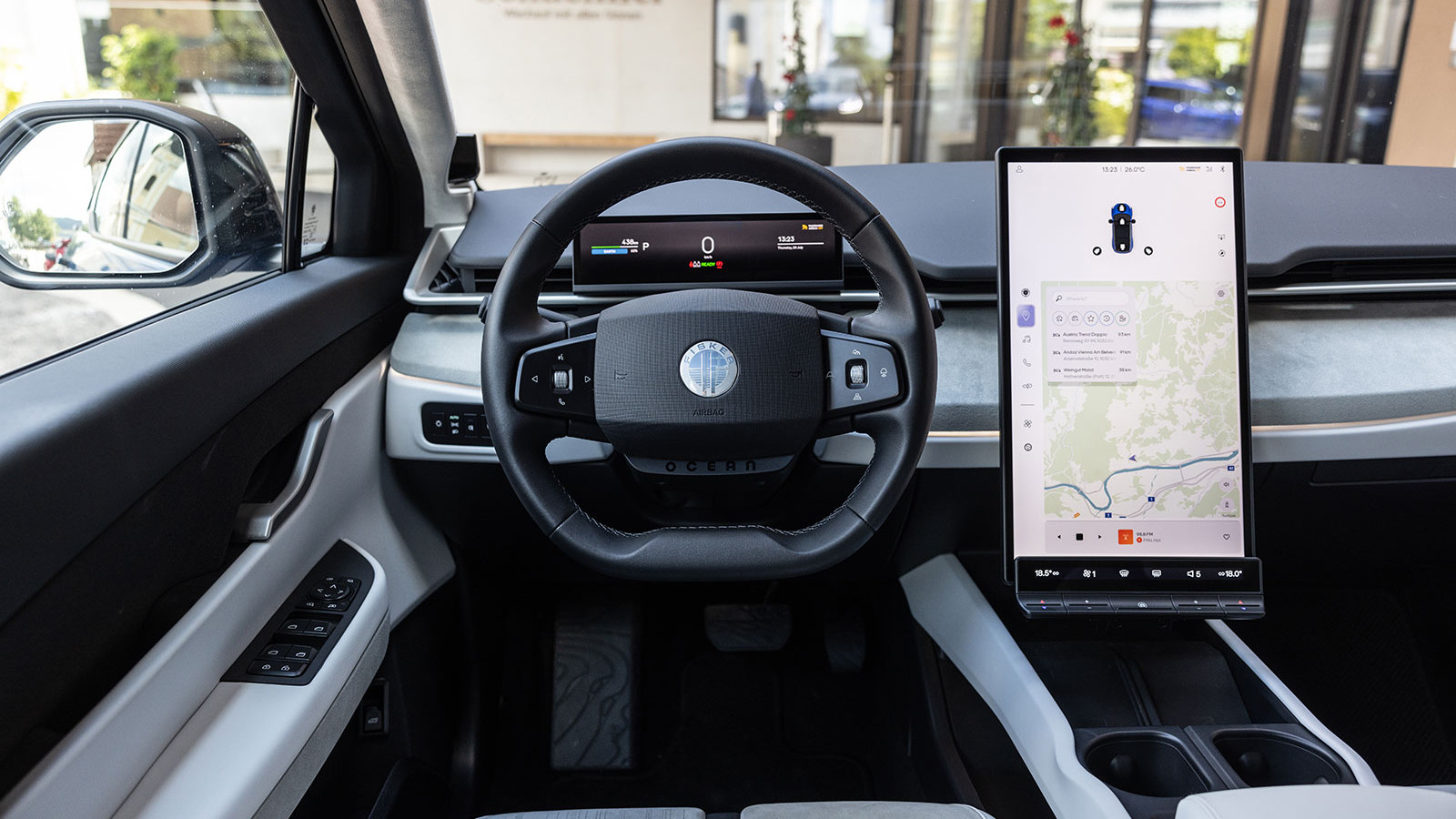 © Fisker
© Fisker -
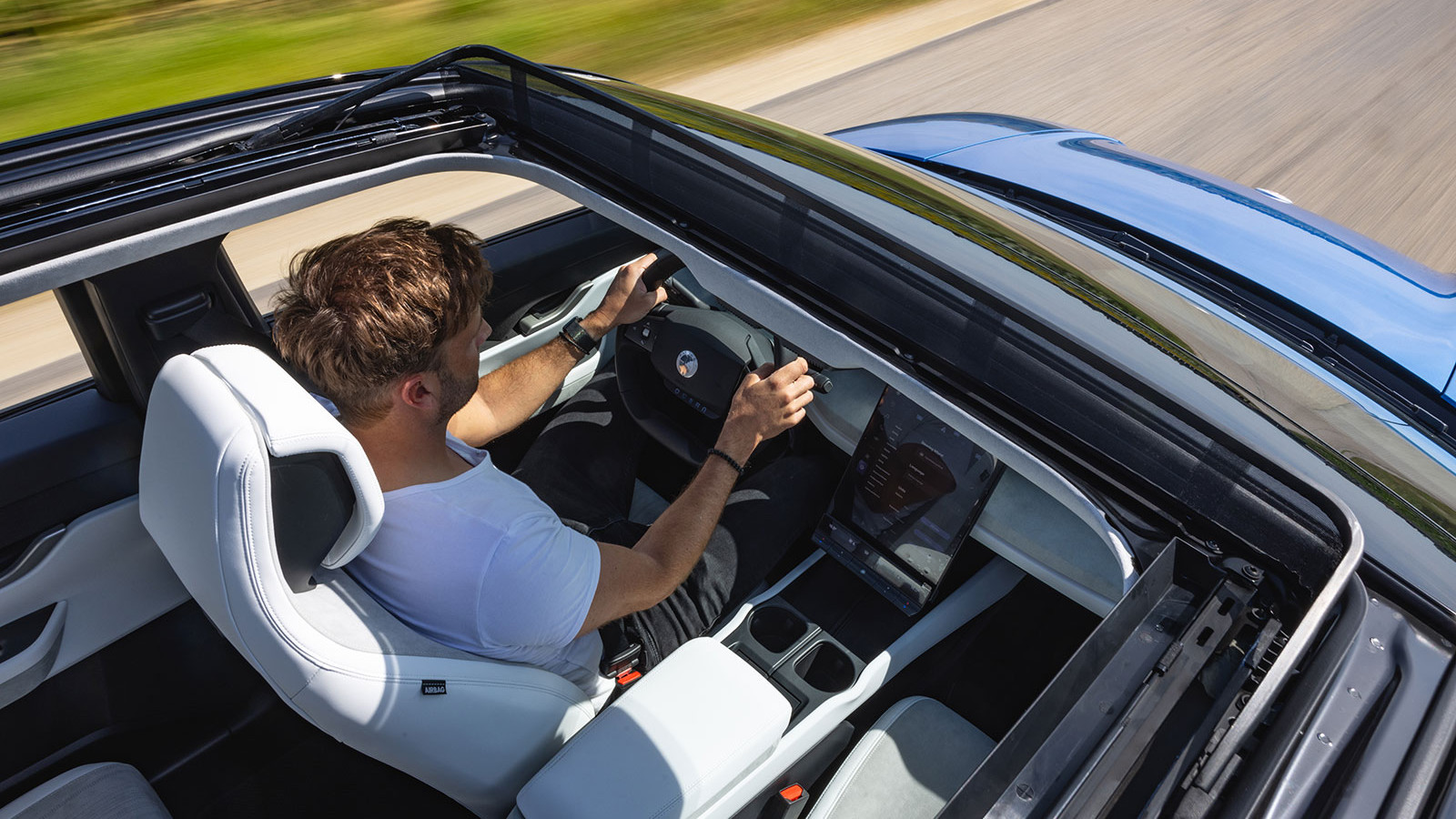 © Fisker
© Fisker -
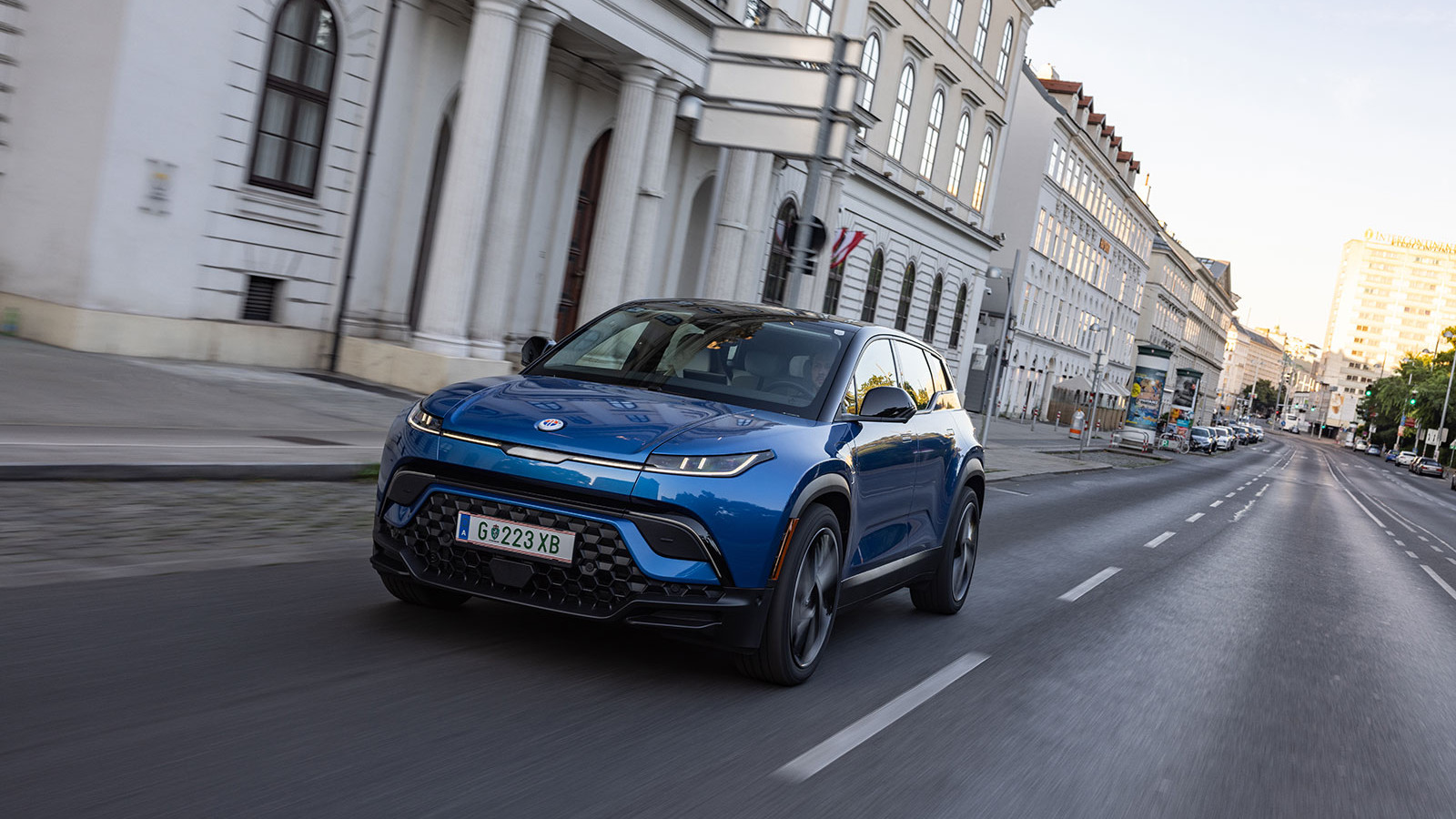 © Fisker
© Fisker
-
Fisker isn’t technically a new brand, but in a rather confusing way it is…sort of. The original Fisker marque developed the radical Karma hybrid saloon, but collapsed and was rebranded as Karma.
-
Fisker has now launched a new electric car firm, spearheaded by the sporty Ocean SUV, which will land in the UK by the end of 2023.
While the Ocean has been designed in the US, the new EV is built at the Magna Steyr facility in Austria, and has the feel of a European SUV, thanks to its compact proportions, and sleek silhouette.
-
The Ocean isn’t too dissimilar in stature to the Audi Q4 e-tron, but has a longer body and a wider stance for a sportier aesthetic. And while it might have the appeal of a premium brand, Fisker is aiming to undercut the storied European firms by offering its new machine at a more affordable price: the Ocean Sport, for example, starts from £35,995.
-
Early signs suggest that Fisker has struck a chord with prospective EV buyers, with the Ocean One already sold out. Three variants now form the Ocean line-up: Extreme, Ultra and Sport. The entry-level Sport is set to offer up to 275 miles of range between chargers, while the range-topping Extreme can travel up to a Tesla-beating 440 miles.
-
The mid-level Ocean Ultra is perhaps the most desirable. Costing from £49,880 in the UK, the Fisker features a 106kWh battery that helps it along to 440 miles - that’s a smidge off the mile-munching Mercedes EQS which can travel up to 453 miles on a single charge and is more than double the price of the Ocean.
And because it’s under £50,000, it undercuts the likes of the Hyundai Ioniq 5, the Tesla Model Y and Ford Mustang Mach-E AWD.
-
During testing, our range-topping Ocean Extreme returned a 375 to 400 miles of range on a route that included both motorway and country driving. It can also be charged at a peak rate of 200kW which means you don’t have to plug in for long until you’re back on the move.
-
And in a bid to add more range, range-topping models get a SolarSky roof, which the firm claims adds around 1500 to 2000 miles of electric range over a year’s usage. Of course this is dependent on how much sun the car is exposed to (which is effectively non-existent in the UK). Still, it’s free additional energy, however marginal it may be.
-
That roof doesn’t do the Fisker’s weight any favours, however. In fact, the test car was 400kg heavier than some of its main rivals, which did have some impact on the car’s ride and handling.
-
It’s refined and comfortable and there is a greater level of isolation and calm over bumps than the Tesla Model Y and Ford Mustang Mach-E. Because of its weight there is some body rolls through bends.
The steering is nicely weighted and grip levels are good – the Ocean does have to rely on its electronic stability controls more when going through corners at pace.
-
As a brand, Fisker majors on sustainability, and this is evident in the Ocean. There is more than 50kg of recycled materials inside the car, with the seat fabrics and carpets all made of plastic recovered from the sea. Some elements are unpainted making them easier to manufacture and recycle.
-
Importantly, the Ocean doesn’t look or feel cheap when it comes to refinement. The interior is simple and understated and everything is neatly laid out. Like many EVs there is a minimalist approach to the cabin, with a gear selector behind the wheel and a large 17.1in portrait touchscreen display. And thankfully there are separate physical buttons for the climate controls.
-
Fisker has implemented a ‘California mode’ which opens the sunroof and lowers seven of the eight windows (apart from the front windscreen) for an open-air driving experience.
Opt for a higher trim level and the big screen in the car can rotate for a landscape orientation when you’re parked, enabling you to stream your favourite films while charging the car. It’s a bit of a gimmick but it’s no different to what we’ve seen from other brands like Tesla, for example.
-
What’s the verdict?
A refreshing addition to the electric SUV market, the Fisker Ocean’s value positioning makes it a compelling alternative to many European offerings. Evidence suggests that real deliberation and thought has been put into its design and indeed its manufacturing process, enabling the new-look Fisker enterprise to deliver an affordable, desirable electric car.
Early signs look promising from all the important fronts, such as a range and price. Only the ownership experience (servicing and software updates) stands in Henrik Fisker’s way for it to be a success story.
Rating: four-and-a-half stars out of five
